Truefree F1 Open-Ear Headphone Review
As an Amazon Associate, we earn from qualifying purchases at no cost to you.
Design
While the style of the Truefree F1 headphones resemble the AfterShokz bone conduction headphones, the Truefree actually don’t use bone conduction. The Truefree F1 open-ear Bluetooth headphones use ”air conduction,” which really boils down to small speakers pointed towards your ear. This gives you the benefit of being able to hear around you without anything actually inside or over your ear to block it.
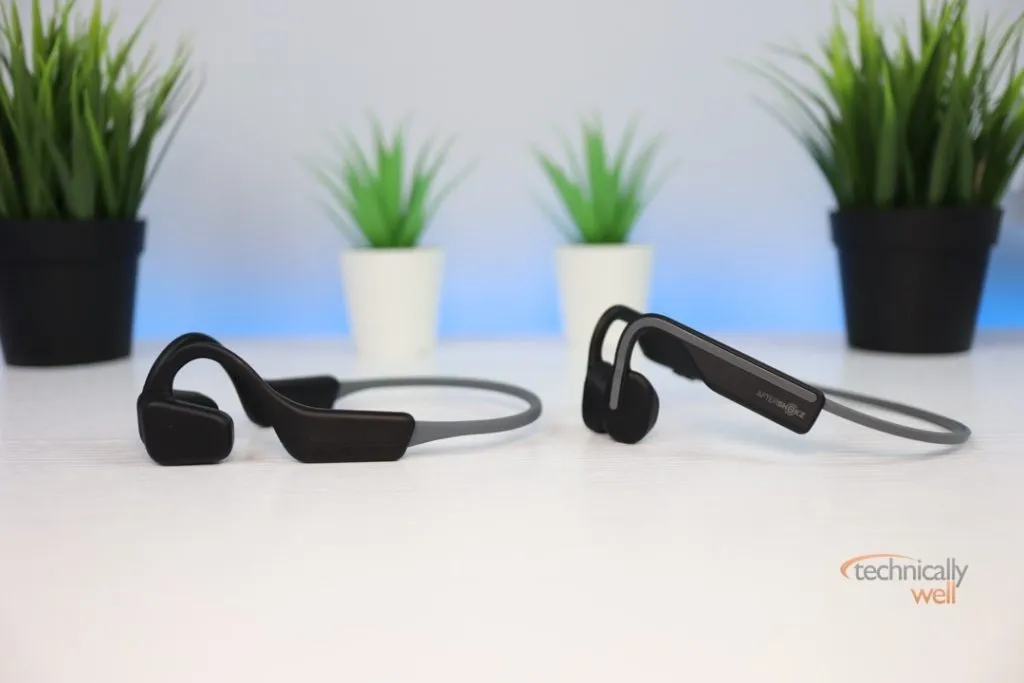
Truefree F1 headphones vs Aftershokz OpenMove
There are three buttons on the side of the earbud: power, volume up and volume down.
Performance
The main benefit of the ”air conduction” of the Truefree over the ”bone conduction” of the AfterShokz is the bass: there is definitely more bass present in the Truefree. It’s still not a lot of bass, but it’s enough to make my music sound ”fuller” compared to the sound on the AfterShokz ”bone conduction” headphones.
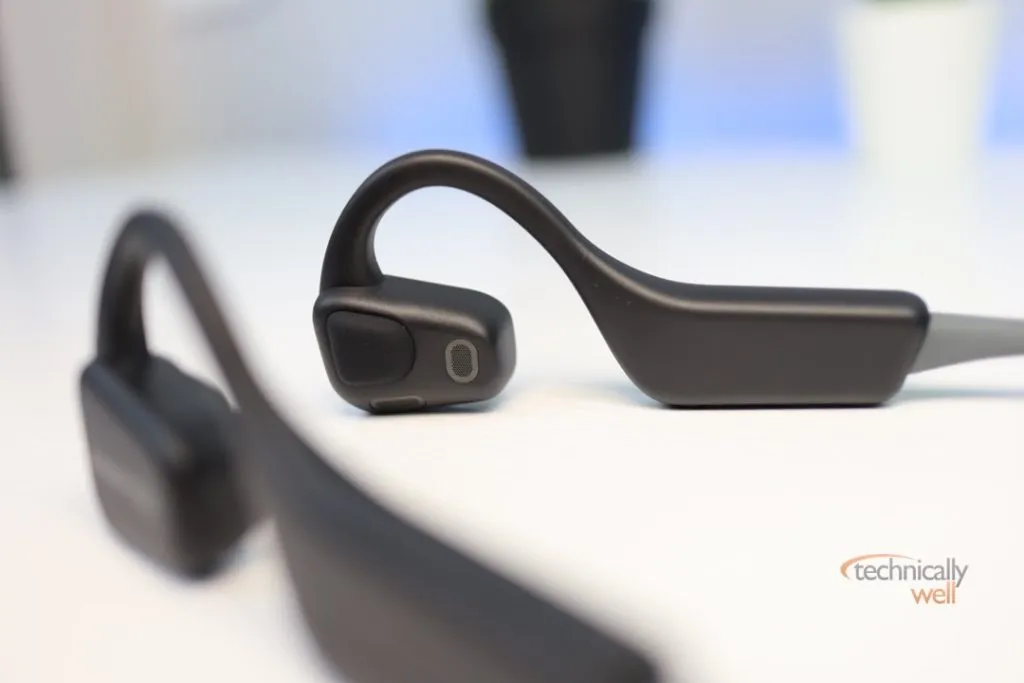
The Truefree F1 headphones site comfortably on my head and are secure, but I can feel them moving slightly when running. If you run long distances, you’ll probably notice this more and it may become more of an issue for you. However, for short runs, or if you plan to use these while sitting at desk, going for a walk, or doing some chores around the house, the fit should be fine for most people.
Battery Life on the Truefree F1 Headphones
The Truefree F1 headphones can last up to 11 hours on a single charge, and the headphones are recharged with a standard USB-C cable. The port is protected under a small rubber flap to help keep out moisture and sweat.
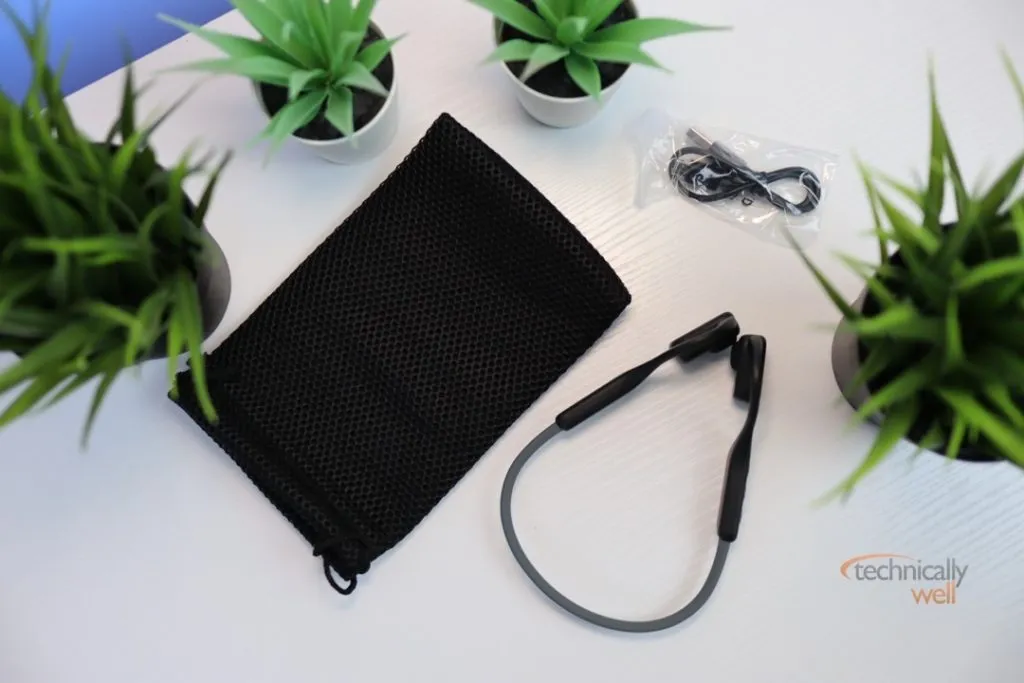
Video Review of the Truefree F1
Our Verdict
The Truefree F1 headphones don't use bone conduction and therefore have more bass than the Aftershokz headphones. There is some movement while running, so they may not be ideal for distance runners, but for short runs and walks, the fit securely and have long battery life.
PROs
- More bass than Aftershokz
- Long battery life
- Easy to use controls
CONs
- Some movement while running
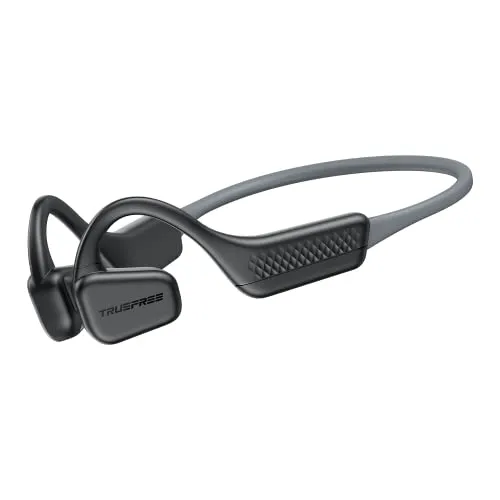
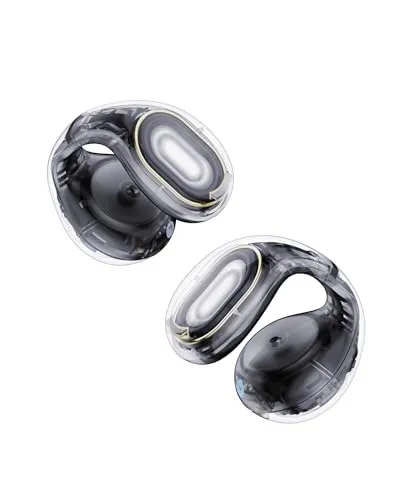

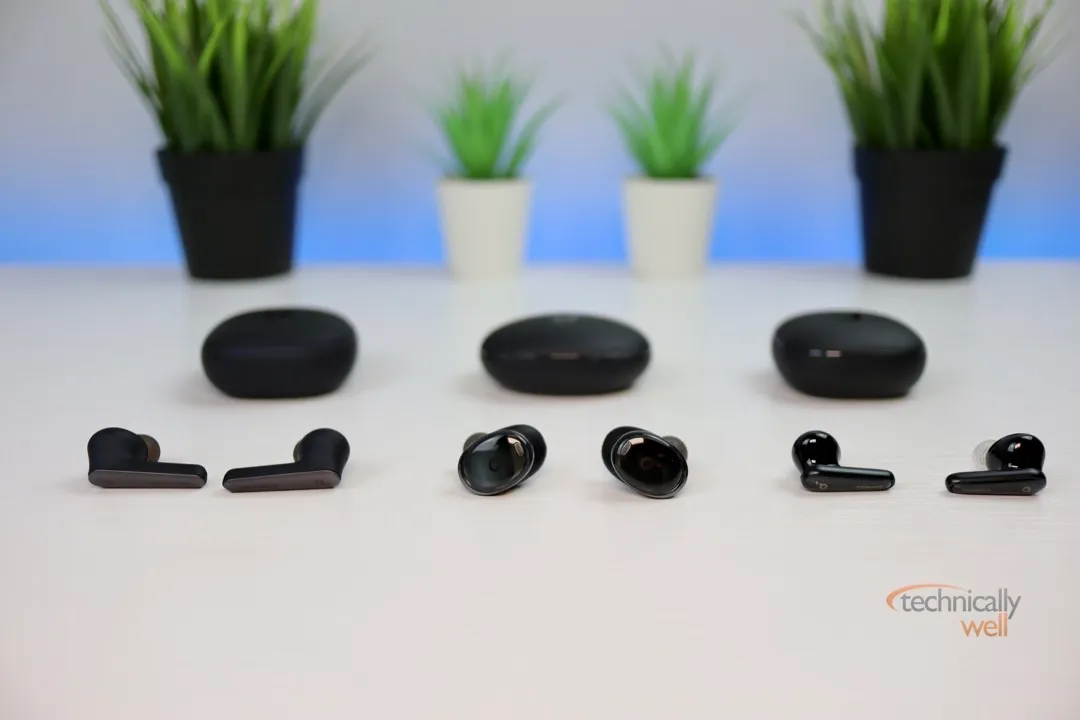
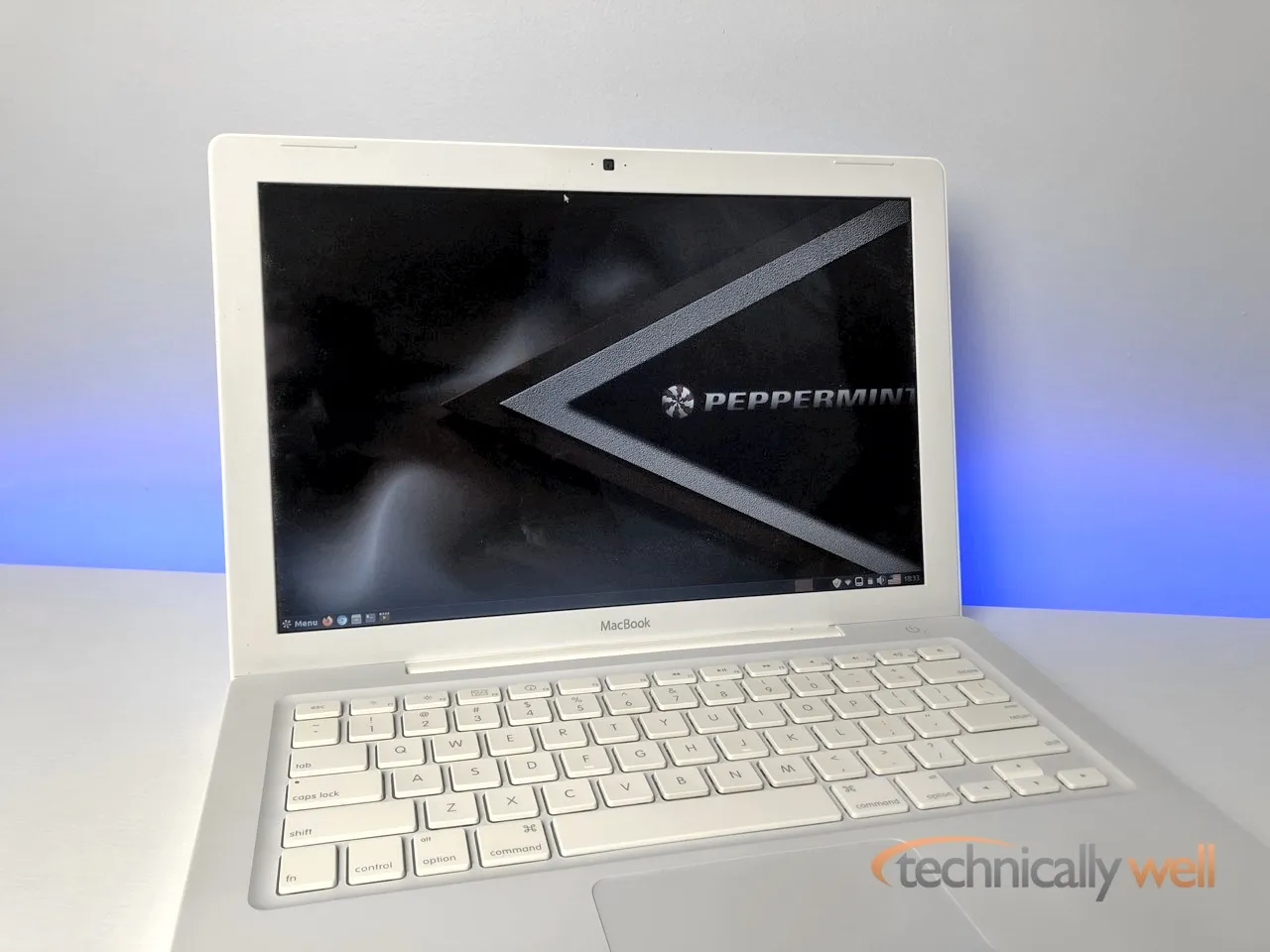
 Hi, I'm Ryan! I've worked in the IT industry for over two decades and I love checking
out new gadgets, apps, and services that make our lives easier.
Hi, I'm Ryan! I've worked in the IT industry for over two decades and I love checking
out new gadgets, apps, and services that make our lives easier.